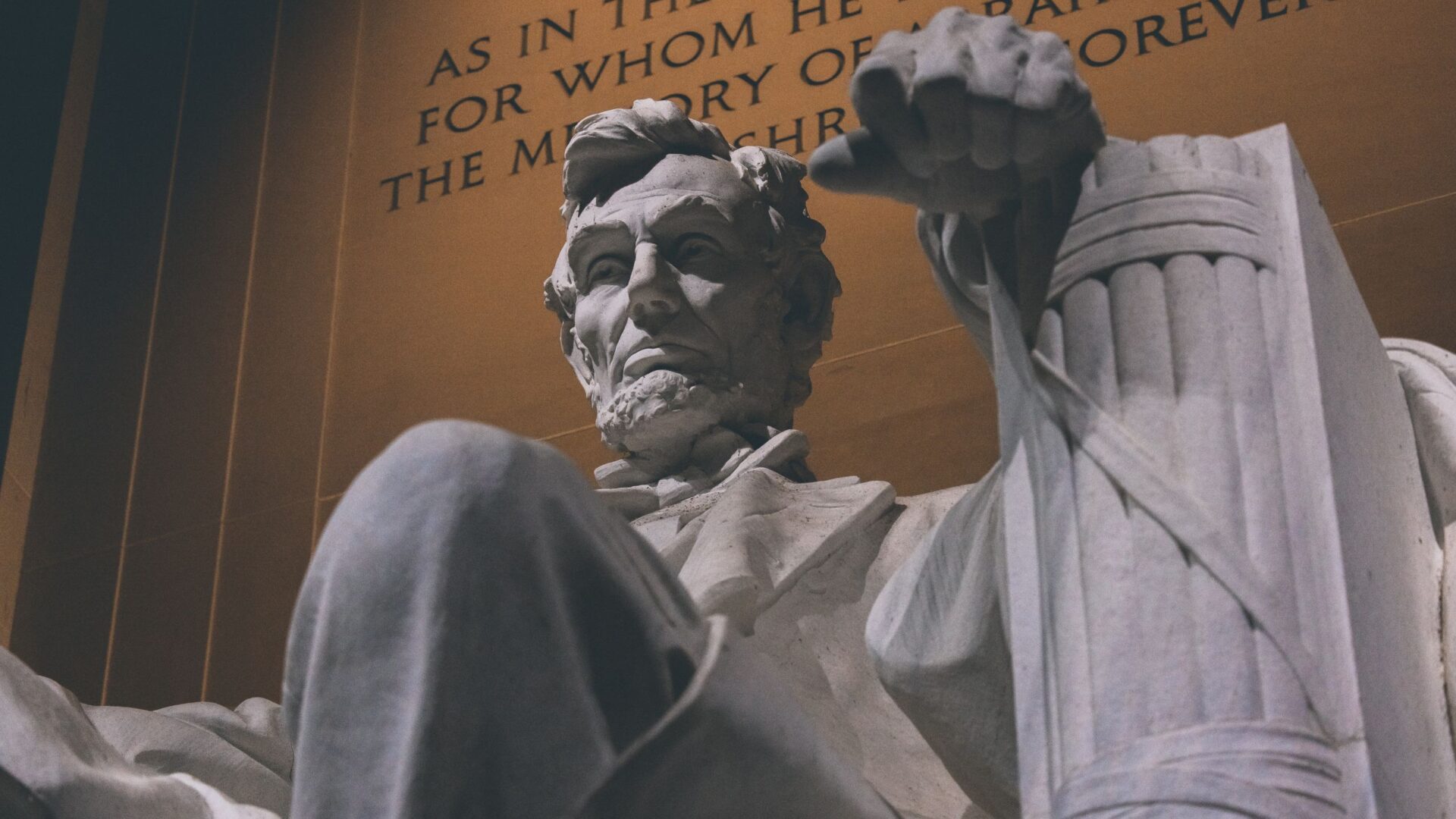Acrophobia, an excessive and irrational fear of heights, affects millions of individuals worldwide. This anxiety disorder triggers intense fear and panic when exposed to high places, such as tall buildings, bridges, or mountain edges. Acrophobia can have significant consequences on human behavior, leading to avoidant behaviors and impairments in daily functioning. This comprehensive 6000-word article explores the causes of acrophobia, its consequences on human behavior, and some famous people who have struggled with this debilitating fear.
Section 1: Understanding Acrophobia
1.1 Definition of Acrophobia:
Acrophobia, derived from the Greek words “akron” (height) and “phobos” (fear), is an excessive and persistent fear of heights. It is categorized as a specific phobia, which involves a disproportionate fear of a particular object or situation.
1.2 Prevalence of Acrophobia:
Acrophobia is one of the most common specific phobias, affecting a substantial portion of the population. Estimates suggest that around 3-5% of the general population may experience acrophobia at some point in their lives.
Section 2: Causes of Acrophobia
2.1 Evolutionary Perspective:
Some researchers propose that acrophobia may have an evolutionary basis. In our ancestors’ primitive environments, encountering heights without proper safety measures could be life-threatening. Fear of heights may have served as an adaptive mechanism to prevent falls and ensure survival.
2.2 Traumatic Experience:
Acrophobia can also develop due to traumatic experiences involving heights. A frightening incident, such as a fall or being in a high-risk situation, can leave a lasting impression on the individual’s mind, leading to the development of the phobia.
2.3 Vicarious Learning:
Observing others displaying fear of heights, such as a family member or friend, can contribute to the development of acrophobia through vicarious learning. Children, in particular, are susceptible to acquiring fears by observing the reactions of those around them.
2.4 Genetics and Temperament:
Genetic factors and temperament may play a role in the development of acrophobia. Individuals with a family history of anxiety disorders may be more prone to developing acrophobia. Additionally, certain personality traits, such as being highly anxious or sensitive, can increase the likelihood of experiencing the fear.
Section 3: Consequences on Human Behavior
3.1 Avoidant Behaviors:
One of the most noticeable consequences of acrophobia is the adoption of avoidant behaviors. Individuals with acrophobia may actively avoid situations involving heights, such as refusing to visit high places, using elevators instead of stairs, or avoiding hiking in mountainous regions.
3.2 Impaired Daily Functioning:
Acrophobia can significantly impact an individual’s ability to engage in daily activities. Avoidance of heights can restrict social and leisure activities, making it challenging to visit certain places or participate in outdoor events.
3.3 Occupational Limitations:
For individuals working in industries that require dealing with heights, such as construction or window cleaning, acrophobia can pose significant occupational limitations. It may lead to job dissatisfaction, career limitations, or the need to seek alternative employment.
3.4 Relationship Strain:
Acrophobia can strain personal relationships, especially when the fear interferes with shared activities or travel plans. This strain can lead to feelings of isolation and loneliness.
Section 4: Famous People with Acrophobia
4.1 Abraham Lincoln:
One of the most prominent historical figures with acrophobia was Abraham Lincoln, the 16th President of the United States. He was known to experience fear and discomfort when ascending high places.
4.2 Alfred Hitchcock:
The iconic filmmaker Alfred Hitchcock, renowned for his masterful suspense movies, also battled acrophobia. He famously stated that the fear of heights was one of his greatest personal fears.
4.3 Whoopi Goldberg:
The Academy Award-winning actress and TV host, Whoopi Goldberg, has publicly discussed her struggles with acrophobia. She once mentioned that she fears flying and avoids heights whenever possible.
Conclusion:
Acrophobia, the fear of heights, is a common and often debilitating anxiety disorder. It can stem from various causes, such as traumatic experiences, or genetic predispositions. Acrophobia can significantly impact human behavior, leading to avoidant behaviors, impaired daily functioning, and occupational limitations. The fear can strain personal relationships and limit an individual’s engagement in various activities. Even famous personalities like Abraham Lincoln, Alfred Hitchcock, and Whoopi Goldberg have been affected by this phobia. By understanding the causes and consequences of acrophobia, we can offer support, compassion, and effective treatment to those who struggle with this debilitating fear, enabling them to overcome their acrophobia and lead fulfilling lives.



